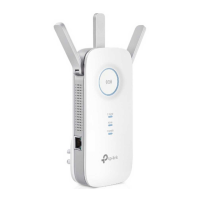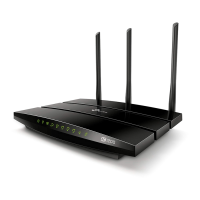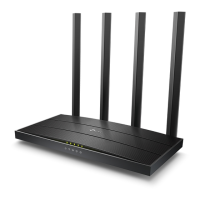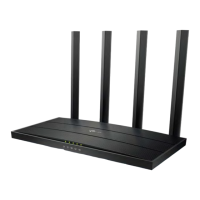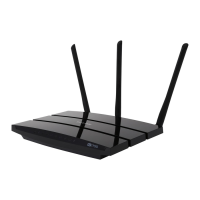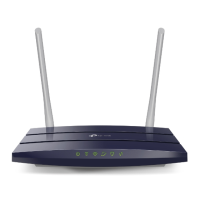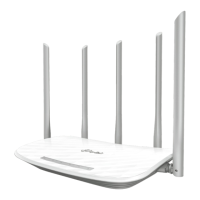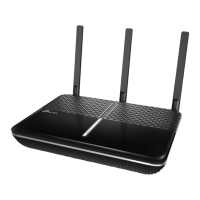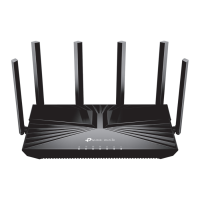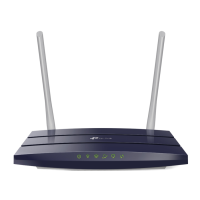96
Chapter 13
Administrate Your Network
• ACS Username/Password: Enter the username/password to log in to the ACS server.
• Interface used by TR-069 client: Select which interface to be used by the TR-069 client.
• Display SOAP messages on serial console: Toggle to enable or disable this feature.
• Connection Request Authentication: Select this checkbox to enable authentication
for the connection request.
• Connection Request Username/Password: Enter the username/password for the ACS
server to log in to the router.
• Connection Request Path: Enter the path for the ACS server to log in to the router.
• Connection Request Port: Enter the port that connects to the ACS server.
• Connection Request URL: Enter the URL that connects to the ACS server.
• Get RPC methods: Click to get the methods to support CWMP.
Click Save to make the settings effective.
13. 10. SNMP Settings
SNMP (Simple Network Management Protocol) has been widely applied in the computer
networks currently, which is used for ensuring the transmission of the management
information between two nodes. In this way, network administrators can easily search
and modify the information on any node on the network. Meanwhile, they can locate
faults promptly and implement the fault diagnosis, capacity planning and report
generating.
An SNMP Agent is an application running on the modem router that performs the
operational role of receiving and processing SNMP messages, sending responses to the
SNMP manager, and sending traps when an event occurs. So a router contains SNMP
“agent” software can be monitored and/or controlled by SNMP Manager using SNMP
messages.
1. Visit http://tplinkmodem.net, and log in with the password you set for the modem
router.
2. Go to Advanced > System Tools > SNMP Settings page.
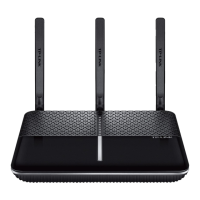
